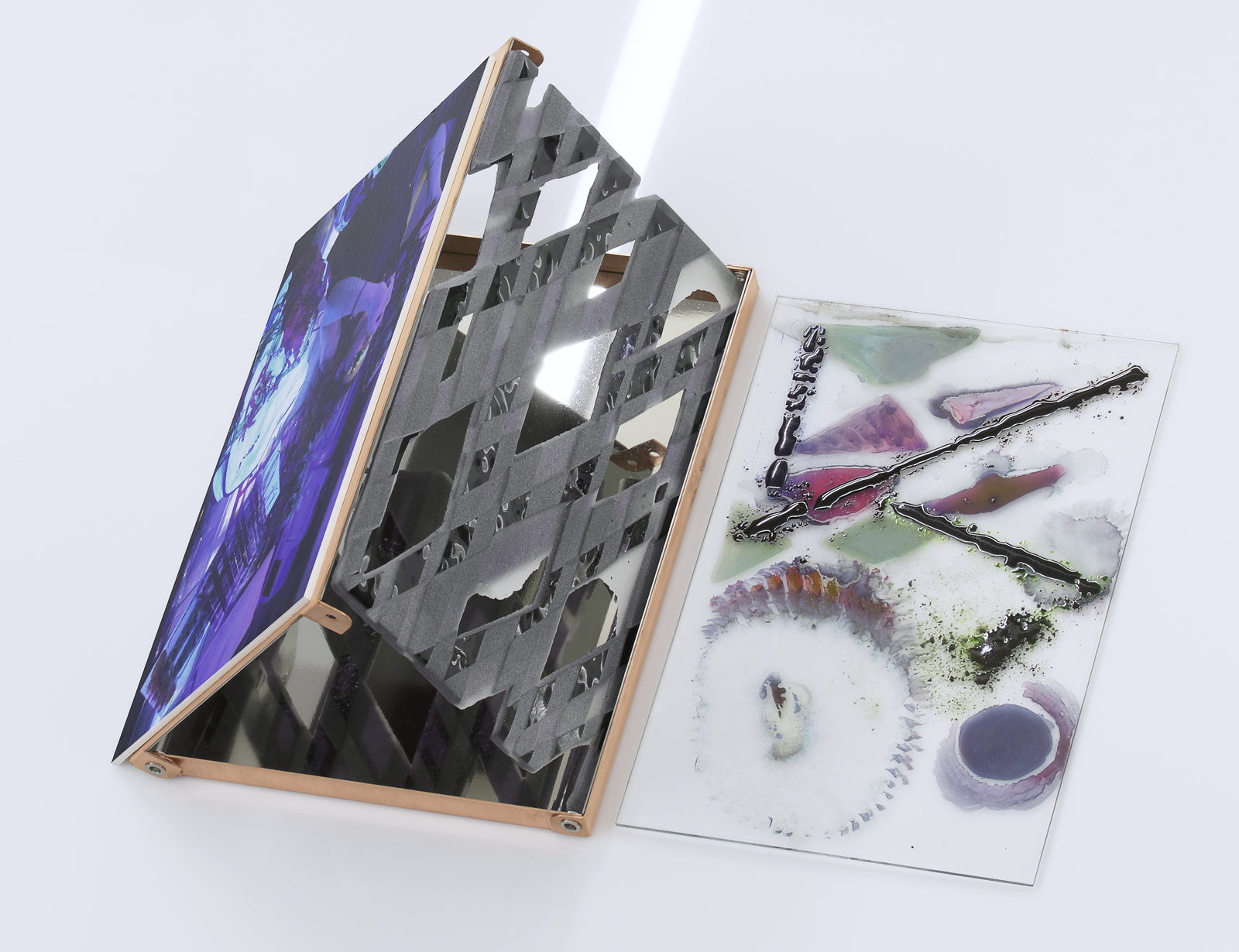May 2017

Florine Stettheimer. Family Portrait II. 1933. Oil on canvas. 46¼ x 64⅝ in. Museum of Modern Art, New York. Gift of Miss Ettie Stettheimer, 1956.
Florine Stettheimer
Jewish Museum, New York
Opens May 5
Money is easy; glamour is harder. “I like slippers gold / I like oysters cold,” wrote the New York artist and society hostess Florine Stettheimer, “and my garden filled with flowers / and the sky full of towers... / and Bendel’s clothes / and Nat Lewis hose.” Us too, though while we endeavor to keep our work and our shopping sprees separate, Stettheimer found a way to turn her fabulous life into fabulous art. She and her two older sisters, Carrie and Ettie, held court in a palace of an apartment by Carnegie Hall, and their doorman must have wondered whom they’d befriended: Man Ray, Francis Picabia, Alfred Stieglitz, and much of the rest of the city’s avant-garde came weekly. (Ettie was a writer with a Ph.D. in German philosophy, while Carrie was better known for her love of dollhouses; she worked on a miniature of their own apartment for 25 years.) Florine had just one solo show, in 1916, for which she out fitted the gallery as a reproduction of her own bedroom. And yet, quietly, she realized some of the strangest and grandest paintings in American modernism: airy, celebratory tableaux of Wall Street and seaside resorts, of ectoplasmically thin women floating across dance floors. Above one happy couple, marching down Fifth Avenue on their wedding day, the sky is lit up with the word TIFFANY’S.
Stettheimer was born in 1871. Her early, more impressionistic paintings are substantial but academic. But in Germany before the war she discovered the European proto-modernists, notably Gustav Klimt and the weirdo Swiss symbolist Ferdinand Hodler, and back in New York she and her sisters fell in with their French tutor, a certain Marcel Duchamp. Duchamp, whom Stettheimer painted numerous times (as a disembodied head, as his alter ego Rrose Sélavy), became one of her closest friends, and though he was suspicious of painting, his example permeates her later art. The lightness and feminization of her mature painting, far from pointing to rich-girl indolence, in fact are markers of her Duchampian embrace of life as art and vice versa. And the lightness Stettheimer embraced, the blithe arrangement of figures and the soft palette of pinks and whites, served her as she deepened her avant-garde commitments. When Gertrude Stein and Virgil Thomson’s opera Four Saints in Three Acts had its premiere in 1934, Stettheimer designed the sets and costumes, impossibly glamorous and yet made out of nothing but cellophane.
The question that hangs over this show — the first full-scale retrospective in decades in her hometown, and touring after to Toronto — is how much biography impinges, and whether her achievement gets lost in the tulle. The critic (and friend of Even) Andrew Russeth considers her nothing less than America’s greatest prewar painter, but it can be hard to see why if the finery distracts too much; the real goal, we’d wager, is to see glitz and art as coterminous, as any modernist would admire. And in her disdain for exhibitions, she is also a model — one easier to follow if you’ve got the cash, we concede — of artistic autonomy. Make only the art you really need to see, and if people don’t like it, shop.

57th Venice Biennale
Giardini della Biennale, Venice
Opens May 13
Really, who knows? Alongside some painfully safe national pavilions (Mark Bradford for the US, Xavier Veilhan for France, Phyllida Barlow for Britain), the main exhibition by Paris’s Christine Macel could be a return to order after the washout of 2015. Or it could be a hyperformalist Pompidou-on-the-lagoon, as implied by its what-the-fuck title: “Viva Arte Viva,” a phrase as camp as anything by Almodóvar.
Fernand Léger
Centre Pompidou-Metz
Opens May 20
The Cubist’s colliding cylinders, rhyming with the faceted compositions of Picasso and Braque, gave way to figurative paintings after the war, during which he was gassed at Verdun. But this exceptional show at the Pompidou’s satellite institution in Lorraine promises to rethink Léger’s legacy via a focus on his collaborations in film, architecture, and even the circus.
Richard Serra: Films and Videotapes
Kunstmuseum Basel
Opens May 20
The man of steel was also an adept experimenter with celluloid; his silent Hand Catching Lead, from 1968, is a simple, repeated action that serves as both a personal record and a professional manifesto. This show includes almost every one of Serra’s moving-image works in its original formats, all of which testify to his elevation of effort over final form.
Kerstin Brätsch
Museum Brandhorst, Munich
Opens May 25
The big winner of “The Forever Now,” MoMA’s debated-to-the-heavens 2014 contemporary painting show, was this German artist and her large-scale marbled detonations. This retrospective unites Brätsch’s paintings and stained-glass works with some of her many collaborative projects, notably the wacky slideshows made with the group DAS INSTITUT.